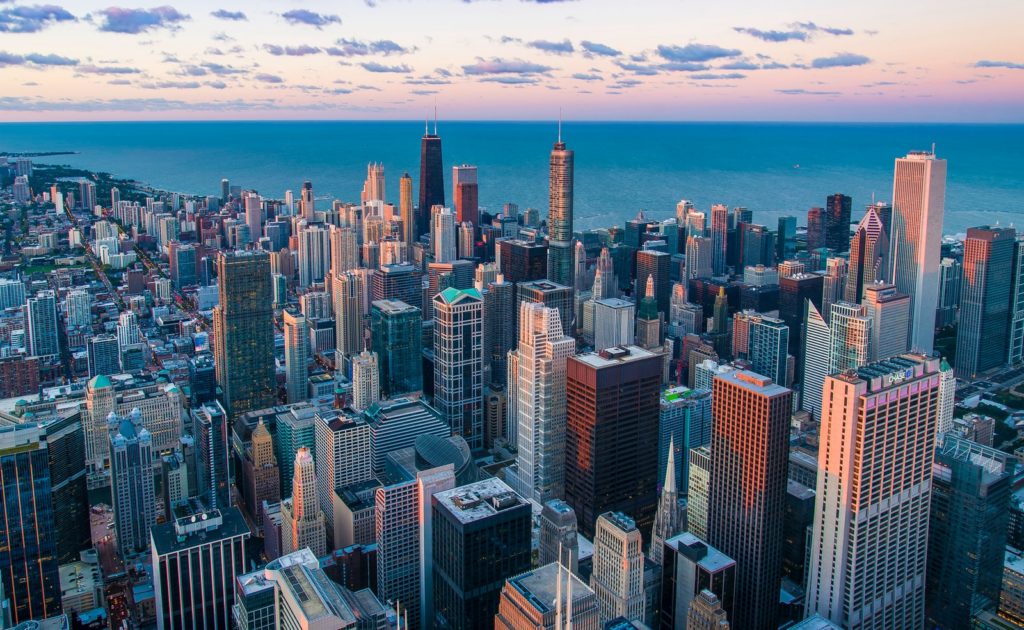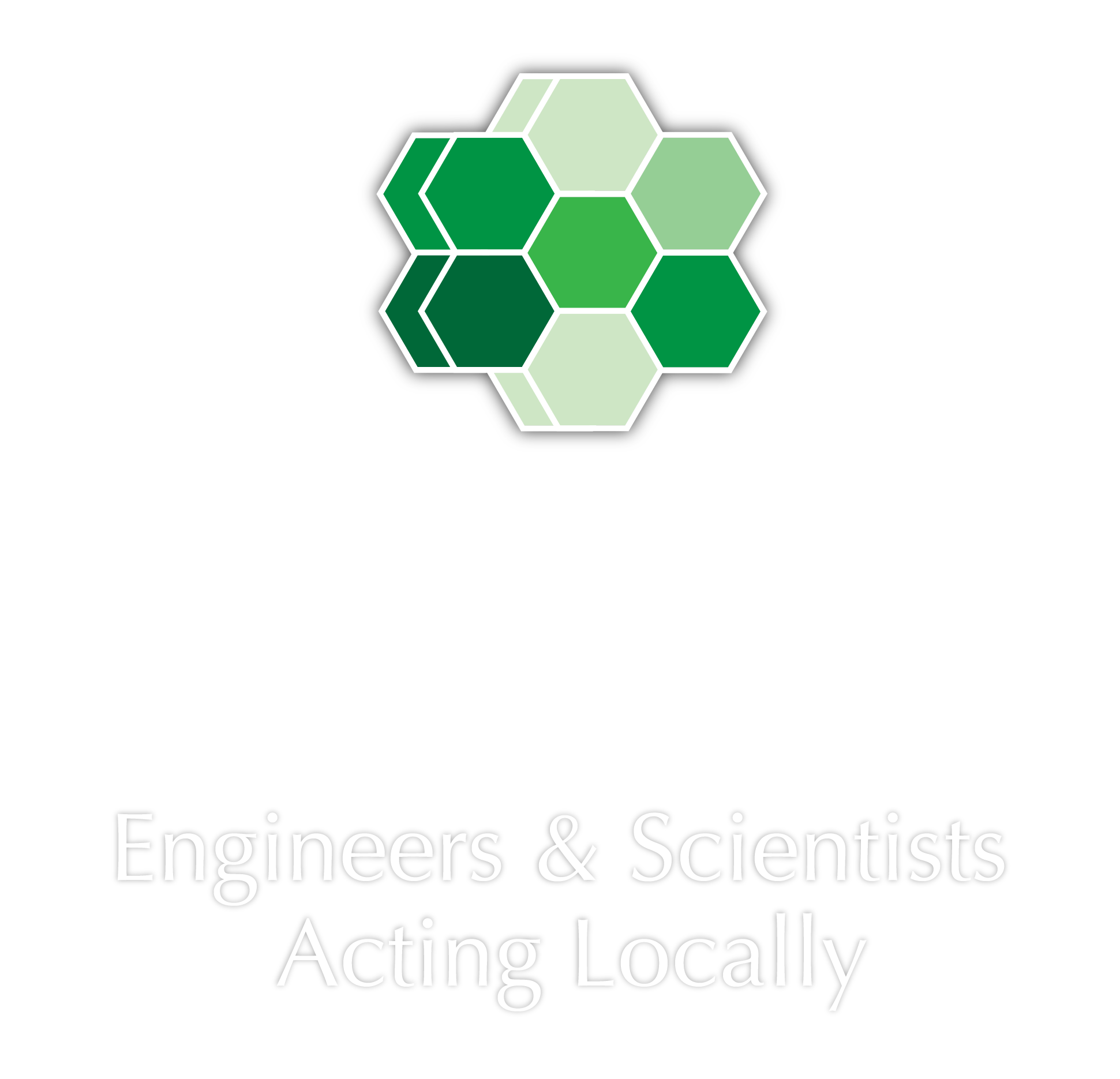Municipal governments are typically constituted of an elected mayor, an elected city council, and several departments. Unlike many other levels of government, the mayor is typically not responsible for executive oversight of city departments. Instead, cities appoint city managers to manage their departments. Because of the breadth of implementation and regulatory responsibilities that fall to city governments, they have a significant impact on the success of many programs including those aimed at addressing social welfare through their work with community-based organizations, sustainable development through their planning departments, public safety through their police departments, and mobility through their streets and transportation departments.



